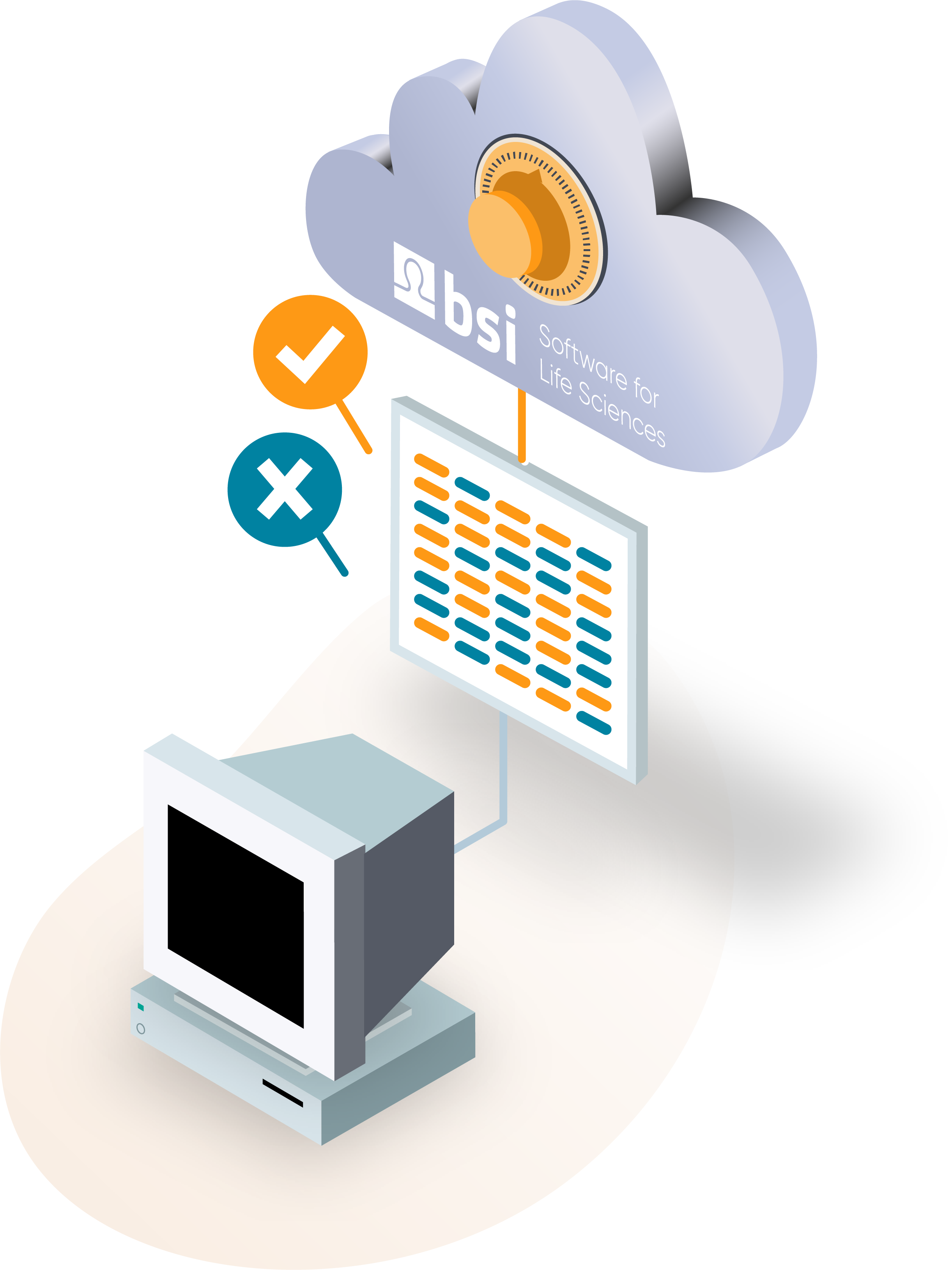Risks Associated with CTMS Migration

Implementation Challenges
While modern CTMS solutions are fairly easy to implement, it can be very difficult to extract, clean, and convert the data from the legacy system to fit into the structure of the new CTMS. To help make this process easier, organizations should consider implementing a phased migration strategy and maintaining their backup systems.
Transforming non-compliant data and customizing the new system to meet organizational needs may also cause delays. However, when choosing a modern system, the vendor will train staff on the new system within a few days. This helps ensure teams quickly adapt to new workflows, minimizing downtime and maximizing productivity during the transition.
Data Migration Concerns
Migrating data from one system to another is a nuanced and complex process. Organizations must be prepared to address potential compatibility and data integrity issues during the migration. Organizations should first conduct data assessments and implement cleansing and validation protocols to help mitigate the risk of data loss and optimize data migration efforts. It’s also recommended to only migrate the most pertinent data needed to execute ongoing clinical trials. Data from closed and archived studies may be available for analysis in a separate data dump stored somewhere else, like the new modern CTMS.
Cost and Resource Allocation
When deciding to migrate to a modern CTMS, organizations must consider how the software migration, CTMS implementation, and annual costs fit into their budget. Review the features, costs, support models, and Saas subscription fees carefully to avoid any unexpected costs. It’s best to opt for a multi-year contract when possible. Solutions like the one offered by BSI Life Sciences, offer a fixed implementation price so there are no surprises. Organizations must also determine if they have the staff, time, and technology resources to execute a successful migration.
Mitigating CTMS Migration Risks
Despite the possible challenges involved in migrating to a new CTMS, it will provide more benefits in the long run. With the right support and preparation, organizations can proactively mitigate any risks to ensure a successful migration.
Solutions like BSI Life Sciences’ CTMS not only offer advanced features like custom reporting, special CRO modules, and risk-based monitoring, but they also provide training and support to organizations during the migration and implementation processes. To learn more about how BSI Life Sciences’ CTMS can optimize your clinical trial operations, request more information or schedule a product demo.
